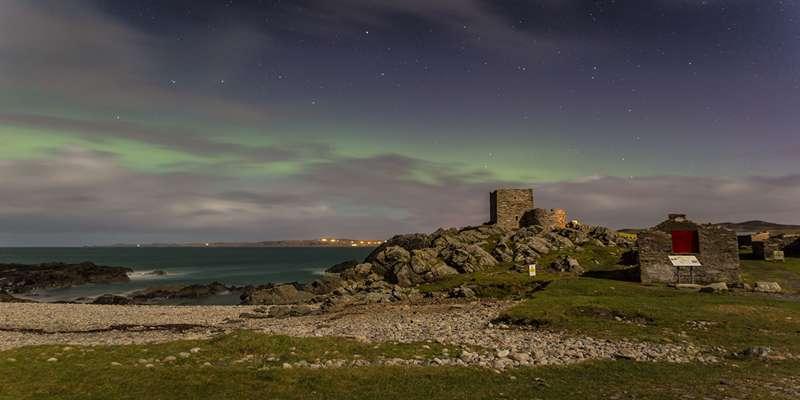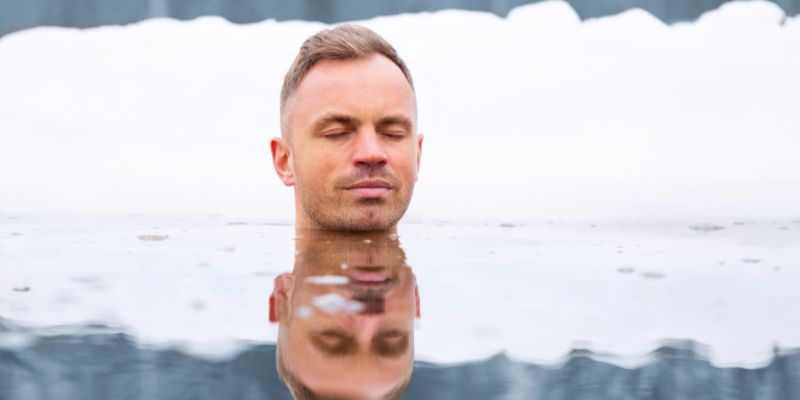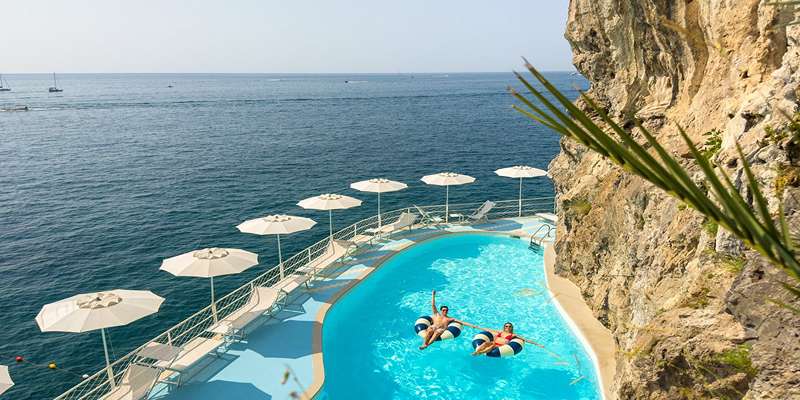Discover the Best Time to Travel to Ireland: A Seasonal Guide
Advertisement
Ireland is a stunning destination known for its rolling green hills, rugged coastlines, and rich cultural heritage. Whether you want to visit bustling cities like Dublin and Galway or explore the natural beauty of places like the Cliffs of Moher and the Ring of Kerry, planning your trip at the right time can make all the difference. The best time to travel to Ireland depends on what you want to experience, from ideal weather conditions to seasonal events. In this guide, well take a detailed look at Irelands weather throughout the year and the best times to visit based on your travel preferences.
1. Summer (June To August): Best For Long Days And Festivals
Irelands summer months offer the warmest weather and the longest days, with daylight stretching until late in the evening. This makes it a great time for sightseeing, hiking, and exploring Irelands outdoor attractions. The mild temperatures, ranging between 15C to 20C (59F to 68F), provide comfortable conditions for travelers.
Summer Festivals
If youre interested in experiencing Irish culture, summer is packed with festivals. Some popular events include:
- Galway International Arts Festival (July): A celebration of visual arts, theatre, and live music in the heart of Galway.
- Dublin Horse Show (August): A major equestrian event held in Dublin, perfect for horse lovers and sports enthusiasts.
Why Visit in Summer?
Summer is the best time for outdoor activities like hiking in Killarney National Park, exploring Irelands coastlines, and attending local festivals. The longer days give you more time to explore, but be prepared for larger crowds and higher accommodation prices, as this is peak tourist season.
2. Spring (March to May): Best for Mild Weather and Fewer Crowds

Spring is one of the most pleasant times to visit Ireland. The temperatures are still mild, ranging from 8C to 15C (46F to 59F), and the countryside comes alive with vibrant green landscapes and blooming flowers. Spring also marks the beginning of the tourist season, meaning that while youll enjoy better weather, the crowds will be smaller than in the summer.
What to Do in Spring
- Explore the Wild Atlantic Way, a scenic coastal drive offering stunning views of Irelands rugged coastline.
- Visit the Burren in County Clare, where rare wildflowers bloom in the spring.
- Attend St. Patricks Day celebrations in mid-March, especially in Dublin, where the parade and festivities are world-famous.
Why Visit in Spring?
Spring is ideal for those who want to experience Irelands natural beauty without the peak-season crowds. The milder weather makes it a great time for hiking, sightseeing, and outdoor activities.
3. Autumn (September to November): Best for Stunning Scenery and Quiet Travel
Autumn in Ireland is a beautiful season, with the landscape transforming into shades of red, gold, and orange. The temperatures begin to cool, ranging from 10C to 16C (50F to 60F), but its still a pleasant time to explore the countryside. Autumn is also a quieter time for tourism, making it a good choice for those looking for a more peaceful experience.
Autumn Highlights
- Take a drive through the Ring of Kerry or Wicklow Mountains, where the fall foliage creates a breathtaking backdrop.
- Experience the Galway International Oyster Festival in late September, where seafood lovers can enjoy fresh oysters and celebrate local traditions.
- Visit castle ruins and historical sites like Kilkenny Castle with fewer tourists around.
Why Visit in Autumn?
Autumn is perfect for travelers who prefer to avoid large crowds while still enjoying beautiful scenery. The crisp air and colorful landscapes make for memorable outdoor excursions, and there are plenty of festivals and events to keep you entertained.
4. Winter (December to February): Best for Festive Atmosphere and Indoor Activities
While winter is the coldest season in Ireland, with temperatures between 4C and 8C (39F to 46F), its still a charming time to visit. If you dont mind cooler weather, winter offers a peaceful and festive atmosphere, especially around Christmas.
What to Experience in Winter
- Explore Dublins Christmas markets and enjoy the citys festive lights and holiday decorations.
- Take a cozy stroll through St. Stephens Green or Phoenix Park, where you can enjoy the quieter side of Irelands capital.
- Visit museums, galleries, and cultural landmarks like Trinity College and the Book of Kells, which offer indoor activities during colder days.
Why Visit in Winter?
Winter is ideal for those seeking a quiet and cozy trip to Ireland. The smaller crowds mean youll have more space to explore popular tourist attractions without the hustle and bustle. Plus, winter is a great time to enjoy Irelands indoor cultural activities, such as visiting museums, castles, and historic sites.
5. Special Considerations: What Do You Want to See?

When deciding on the best time to travel to Ireland, its important to consider what specific experiences you want from your trip. Some attractions and activities are better suited to certain seasons, so tailoring your visit around them can enhance your experience.
Northern Lights in Donegal
For those hoping to catch a glimpse of the Northern Lights, Donegal is one of the best places in Ireland to do so. The best time to view the aurora borealis is during the winter months when the skies are darker and the chances of clear nights are higher.
Whale Watching
If youre interested in whale watching, the best time to visit is between May and September. Irelands coastlines offer opportunities to see dolphins, minke whales, and even humpback whales during these months.
6. Factors That Affect Your Trip
In addition to the seasons, other factors such as Irelands weather patterns, local events, and personal preferences will influence your decision on when to visit. Here's what you should keep in mind:
Weather Variability
Irelands weather is famously unpredictable. Even in summer, you should be prepared for rain and bring layers for fluctuating temperatures. Always pack a waterproof jacket, no matter when youre visiting.
Budget Considerations
If youre traveling on a budget, consider visiting during the shoulder seasons (spring and autumn) when flights and accommodation prices tend to be lower than in summer. Winter can also offer more affordable options, especially outside the holiday season.
Conclusion
The best time to travel to Ireland depends on your preferences, whether youre seeking sunny days, cultural events, or quiet escapes. Irelands weather can be unpredictable, so its important to pack accordingly and be flexible with your plans. Summer is great for long days and festivals, while spring and autumn offer milder weather and fewer crowds. If you prefer a quiet and cozy trip, winter is the perfect time to experience the countrys charm. Whenever you choose to visit, Irelands beauty, history, and warm hospitality will leave you with lasting memories.
On this page
1. Summer (June To August): Best For Long Days And Festivals Summer Festivals Why Visit in Summer? 2. Spring (March to May): Best for Mild Weather and Fewer Crowds What to Do in Spring Why Visit in Spring? 3. Autumn (September to November): Best for Stunning Scenery and Quiet Travel Autumn Highlights Why Visit in Autumn? 4. Winter (December to February): Best for Festive Atmosphere and Indoor Activities What to Experience in Winter Why Visit in Winter? 5. Special Considerations: What Do You Want to See? Northern Lights in Donegal Whale Watching 6. Factors That Affect Your Trip Weather Variability Budget Considerations ConclusionAdvertisement












